Rating of bimetallic heating radiators: which ones are better to choose for an apartment?
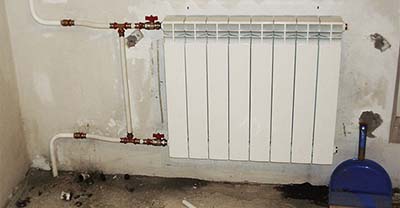
The increased interest in bimetallic radiators is due to the fact that they have long service life, high heat transfer rate and comparatively low energy consumption.
The coating applied to the batteries increases their degree of tightness without reducing aesthetic appearance of radiators.
Types of radiators: which are better and more reliable?
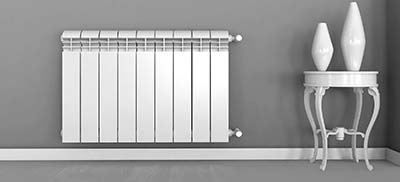
Bimetallic and semi-bimetallic radiators are absolutely identical in appearance, but despite this, they have certain inconsistencies between themselves.
To understand this, it is necessary to examine each type in detail.
Bimetallic
In such room heating sources, a core made of high-strength steel is placed under the body. The outer casing of the equipment and pipes, located in special forms, made of aluminum.
Differences such radiators from aluminum and cast iron batteries are as follows:
- Heat transfer index. In this parameter, bimetal is ahead of cast iron, as it has greater energy efficiency. The first range varies from 160 to 180 W, the second one from 110 to 160 W. The aluminum radiator section has a capacity of about 200 W.
- Cost. The most expensive is bimetal. It is almost more expensive than cast iron. twice as much, and is only ahead of aluminum radiators in terms of cost by a third.
- Reaction to the quality of the coolant. Aluminum is very sensitive to any impurities. Connecting such batteries to the central heating system leads to thinning of their walls, and, as a result, to leaks.
Thanks to the steel core, bimetallic heating radiators are not subject to any chemical reactions, but when the system is drained and air gets into them, the formation of corrosionCast iron is the most stable in this respect.
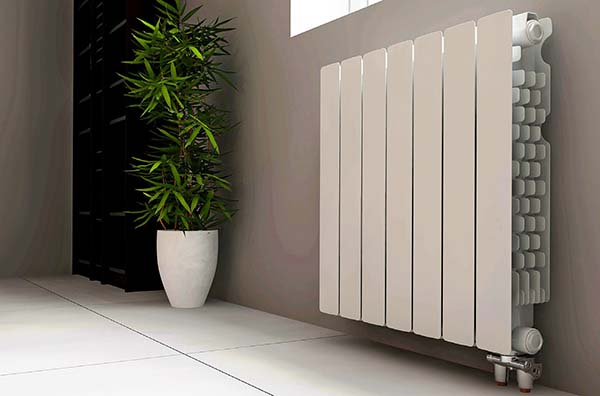
Photo 1. Bimetallic radiator in the interior of an apartment, has high heat transfer rates, is not subject to chemical reactions.
- Service life. Aluminum is considered the least durable and serves only 10 years, bimetal ― 15, and cast iron is higher 50 years old.
- Maximum water temperature. The value of such a parameter for bimetallic radiators is 130 °C, and for the other two types of batteries ― 110 °C.
- Reaction to high pressure exposure. Water hammer is the weak point of cast iron. It can withstand only 12 atmospheres, aluminum ― 16. While bimetal, due to its structure, can withstand pressure surges up to 50 atmospheres.
Semi-metallic
In terms of internal structure, the difference between this type and a full-fledged bimetal is that the semi-bimetallic design has vertical internal channels made of steel, and horizontal made of aluminum.
These batteries are not suitable for connection to a central heating system.
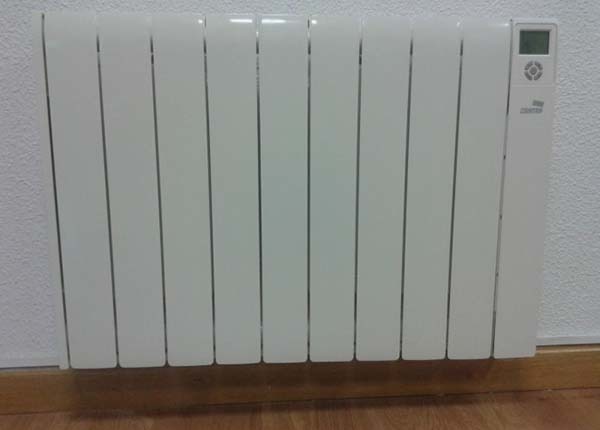
Photo 2. A semi-metallic battery with a built-in thermostat that cannot be connected to the central heating system.
Differences from other types of heating devices the following:
- the cost is 20% less, than bimetal;
- the heat transfer rate of radiators is slightly lower, than cast iron and higher two other types heaters;
- semi-metallic batteries very sensitive to the presence of foreign impurities and low quality of the coolant, this indicator puts them absolutely on par with aluminum radiators;
- service life such sources of heating the premises are 7–10 years.
Important! Under the influence of water hammer or high temperature, semi-metallic structures may experience displacement of aluminum elements. This inevitably leads to the formation of leaks and emergency situations.
Heating Battery Designs: How to Choose for an Apartment
It occurs two types: sectional and monolithic.
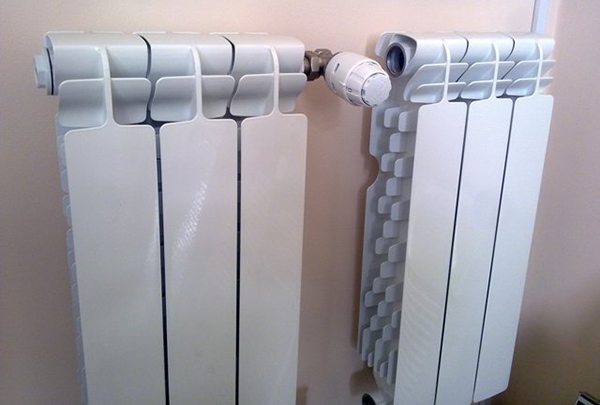
Photo 3. Sectional bimetallic radiators, each with three sections, which are fixed together with nipples.
Sectional
Such room heating devices are even number of sections. Each of them is made separately, and then they are all fixed together with nipples. This happens in factory conditions.
Attention! Allowed addition number of sections if necessary.
Monolithic
They represent non-separable design made of stainless steel.
The formation process: creation of a core from steel pipes according to specified parameters and its subsequent “wrapping” in figured aluminum body.
Differences in design
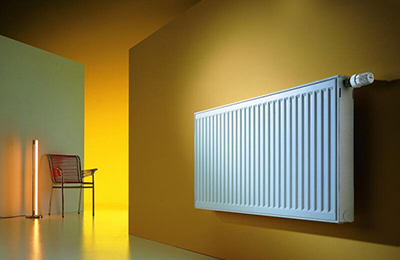
The first type is used mainly in low-rise and private houses, where the pressure and maximum temperature have stably constant values.
Monolithic structures are advantageously installed mainly where possible sharp water hammers - in high-rise buildings.
Differences between radiators:
- the service life of monolithic ones is about 50 years, for sectional ones no more than 25 years;
- pressure: non-separable models can withstand up to 100 atmospheres, collapsible up to 35 atm.;
- The heating power of both designs is the same (100–200 W).
Reference! The cost of monolithic structures is higher. In them, as in demountable radiators, sections cannot be supplemented, but they have a wide range of sizes in length and height.
Selection of the best manufacturers
A number of countries producing this type of product have long established themselves in the market, and the names of their individual models have long been familiar to consumers. Which ones are better and more reliable is up to you to decide individually.
Italy
This country is a guarantor of reliability and quality of produced bimetal radiators. The most the best and most popular Italian models.
Global
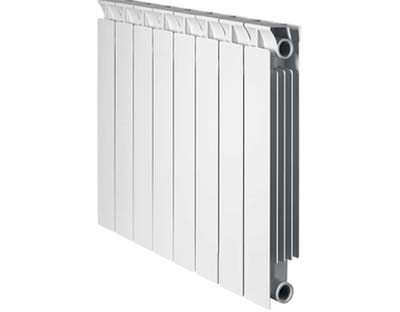
Model Style Extra - a full-fledged heating device made of bimetal, resistant to hydraulic pressure up to 35 atmospheres.
Suitable for use in apartment buildings. Price per section about 700 rubles.
Another variety of Global batteries is Style Plus is distinguished by an increased heat output due to its design features. Its price per section is 720 rubles.
Sira
This bimetallic radiator differs from all other batteries in that it has maximum level of stability to water hammer. Capable of withstanding pressure at 40 atmospheres.
Sira's heat transfer parameter exceeds Global's, but the cost of the section is the same.
Italian manufacturers provide their consumers with a record guarantee for 20 years.
Russia
The most common brand is Rifar. The products are manufactured under license from the Italian company Global and meets the stated requirements.
Rifar Base
The model has a high heat transfer rate up to 204 W, which is even ahead of Style Plus from Global. Cost per section 500 rubles.
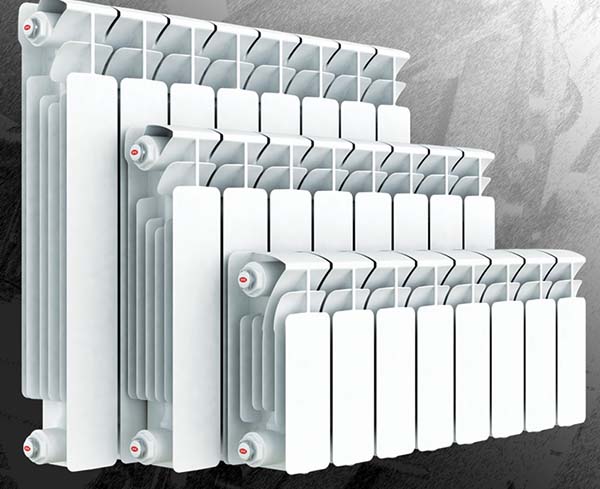
Photo 4. Three bimetallic sectional radiators from the Russian manufacturer Rifar, ideal for apartments.
Base Valve
These batteries are designed with bottom connection with a valve to hide the heating wiring, maintain the integrity of the design and create maximum comfort. Cost per section ― 650 rubles.
Rifar Monolith
This is a bimetal heating device, widely used in city apartments. The service life of the model, stated in the warranty, is 25 years old.
Resistance to working pressure at 100 atmospheres and heat transfer up to 194 W ― the main quality indicators of this model. Cost per section ― 610 rubles.
Other countries
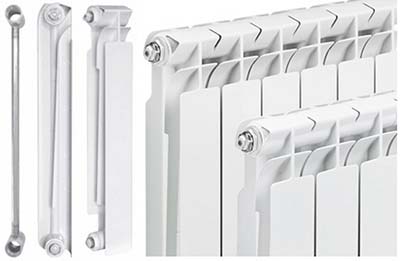
Radiators are in demand and there is a wide choice from Germany (Tenrad, Oasis). Such radiators cannot be called purely German, since their development was transferred to China.
The cost per section is ― 400 rubles.
South Korea offers its products on behalf of the company MARS. The design uses a copper core instead of steel. The thermal power is 167 W. Price per section ― 400 rubles.
Radiators from Poland, are inferior in parameters to South Korean products. The manufacturer is Regulus-System.
Useful video
After watching the video, you can learn some useful tips on choosing a bimetallic battery for an apartment.
In conclusion
Before choosing a bimetallic radiator, pay attention to the technical characteristics and design. The best option It is considered a sectional bimetallic heating device, preferably, Italian production.







